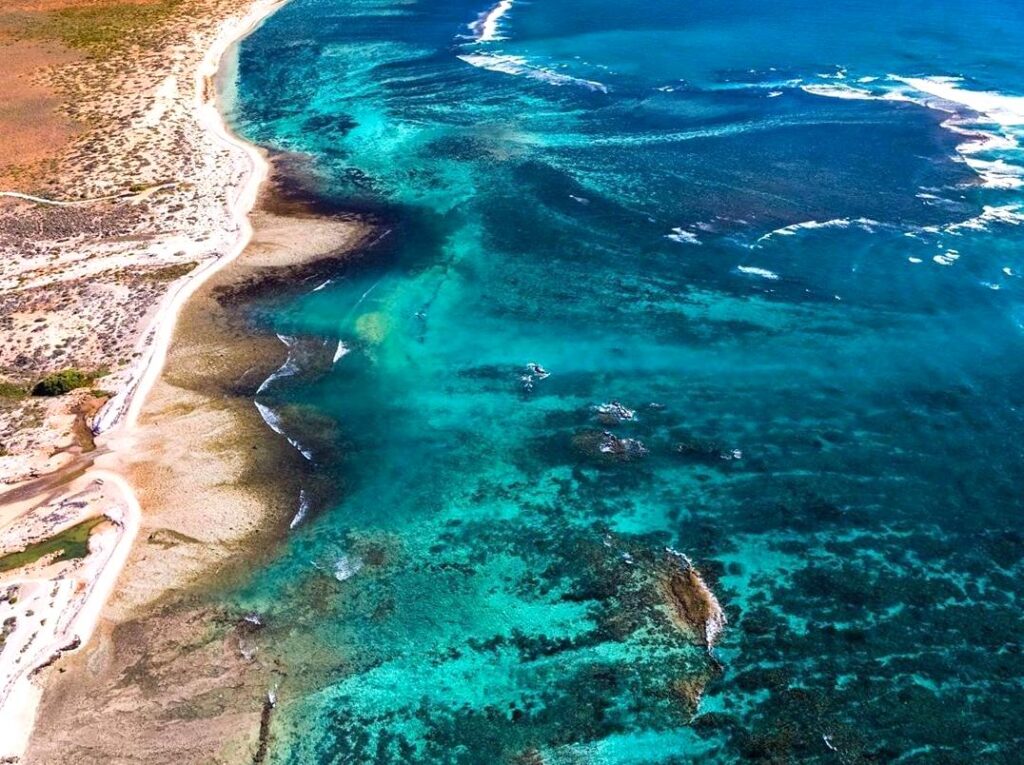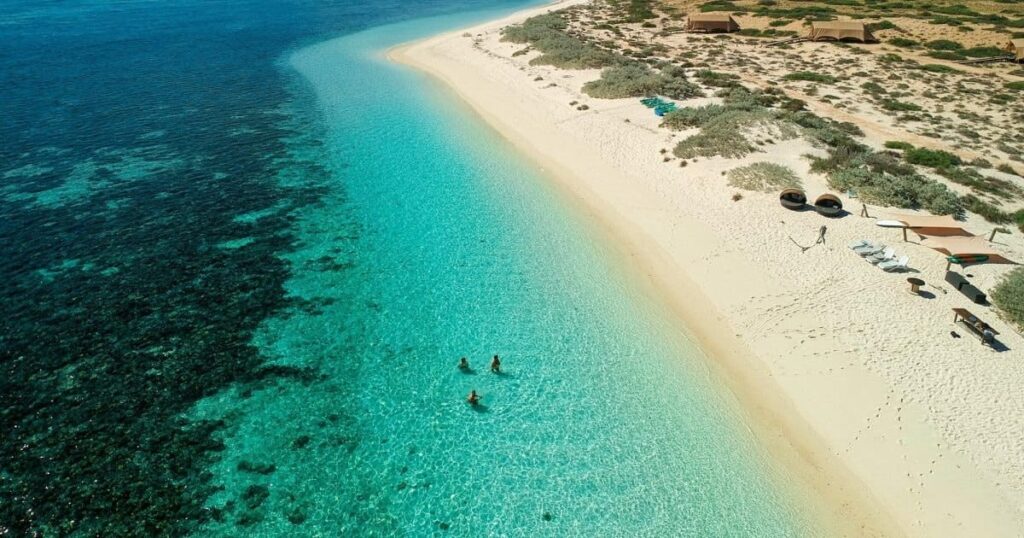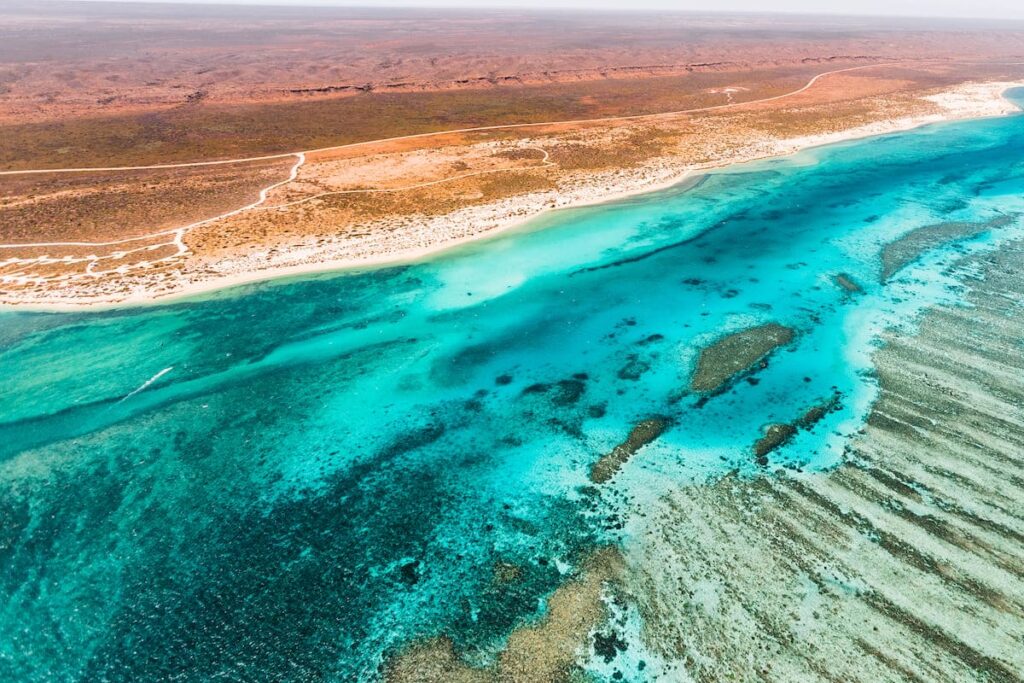Ningaloo Reef, located along the pristine coastline of Western Australia, is a UNESCO World Heritage site known for its stunning marine biodiversity and vibrant ecosystems. This article will serve as a comprehensive guide for anyone interested in exploring the wonders of Ningaloo Reef, offering insights into its unique features, activities, and conservation efforts. Whether you’re a seasoned diver, a marine life enthusiast, or just looking to relax on beautiful beaches, Ningaloo has something for everyone.

What Makes Ningaloo Reef Unique?
Ningaloo Reef is one of the largest fringing reefs in the world, stretching over 260 kilometers along the coast. It is unique not only for its size but also for its accessibility; unlike many coral reefs that require deep-water diving, Ningaloo allows visitors to experience incredible marine life from the shoreline. The reef supports a diverse array of species, including over 500 species of fish, 250 species of coral, and thriving populations of turtles and manta rays. Additionally, it is a crucial breeding ground for the majestic whale shark, the largest fish in the ocean, which can often be seen during the migratory season from March to July. Visitors will also appreciate the stunning backdrop of the Capes region and its striking red cliffs, which make for a dramatic contrast to the azure waters.
Activities to Enjoy at Ningaloo Reef

Ningaloo Reef offers a plethora of activities for adventurers and relaxation seekers alike. Here are some of the top activities you can enjoy during your visit:
-
- Snorkeling and Diving: The clear waters of Ningaloo are perfect for snorkeling and diving, allowing you to explore the vibrant coral gardens and encounter a myriad of marine species up close.
- Swim with Whale Sharks: For those seeking a once-in-a-lifetime experience, guided tours allow you to swim with these gentle giants during their seasonal migration.
- Fishing: Whether you prefer reef fishing or deep-sea adventures, Ningaloo offers some of the best fishing spots in Australia.
- Kayaking and Stand-Up Paddleboarding: For a more relaxed experience, rent a kayak or a paddleboard and glide over the surface of the reef while observing marine life beneath you.
- Wildlife Watching: From migratory birds to sea turtles, Ningaloo is a haven for wildlife enthusiasts. Be sure to take some time to appreciate the unique terrestrial and marine ecosystems.
Best Times to Visit Ningaloo Reef

The best time to visit Ningaloo Reef largely depends on the activities you’re interested in. The peak tourist season runs from April to August, coinciding with the whale shark migration. This is an excellent time for snorkelers and divers to see these magnificent creatures. For those interested in fishing, the season typically runs from April to November, offering ample opportunities for catches. However, for those seeking a quieter experience, consider visiting during the shoulder seasons of late summer (February to March) or early spring (September to October) when the weather is still pleasant, but crowds are thinner. Regardless of when you choose to visit, it’s essential to be aware of local weather conditions and plan accordingly, as temperatures can fluctuate and affect marine visibility.
Conservation Efforts at Ningaloo Reef
As a notable UNESCO World Heritage site, conservation is of utmost importance in maintaining the integrity of Ningaloo Reef’s ecosystems. Various organizations are actively involved in preserving the health of the reef through research, education, and restoration initiatives. Visitors are encouraged to practice eco-friendly behaviors, such as avoiding single-use plastics, adhering to guidelines for marine life interactions, and reporting any observed environmental damage. Local programs often host volunteer events where individuals can participate in beach clean-ups and coral restoration activities. By being responsible visitors, we can help ensure that Ningaloo Reef continues to thrive for future generations. Conservation efforts are vital not just for marine life, but also for sustaining the local economy, as tourism is a primary source of income for surrounding communities.

Conclusion
Ningaloo Reef is a breathtaking destination that offers unparalleled experiences for nature lovers and adventure seekers alike. From its vibrant marine life to stunning coastal landscapes, the reef is a treasure trove waiting to be explored. Engaging in various activities while respecting and contributing to conservation efforts will ensure that this remarkable ecosystem remains pristine for generations to come. Whether you are swimming with whale sharks or leisurely snorkeling along the coral, Ningaloo Reef promises an unforgettable adventure.
FAQs
The closest major city to Ningaloo Reef is Exmouth, which is accessible by road and air. Exmouth Airport offers flights from major Australian cities, and there are several car rental services available for exploring the area.
2. Are there guided tours available at Ningaloo Reef?
Yes, there are numerous guided tours available that focus on activities like snorkeling, swimming with whale sharks, and eco-tours that highlight marine life and conservation efforts.
3. Is it safe to snorkel at Ningaloo Reef?
Yes, snorkeling is generally safe, and many areas are suitable for beginners. It’s essential to follow guidelines, choose safe entry points, and be mindful of currents.
4. What should I bring when visiting Ningaloo Reef?
Visitors should pack essentials such as reef-safe sunscreen, snorkeling gear, water, snacks, and lightweight clothing. It’s advisable to have a waterproof camera to capture the incredible marine life.
5. Can I swim with other marine animals at Ningaloo Reef?
Aside from whale sharks, visitors can also enjoy encounters with turtles, dolphins, and manta rays through guided tours. However, it’s important to follow guidelines to ensure the safety and well-being of the animals.
